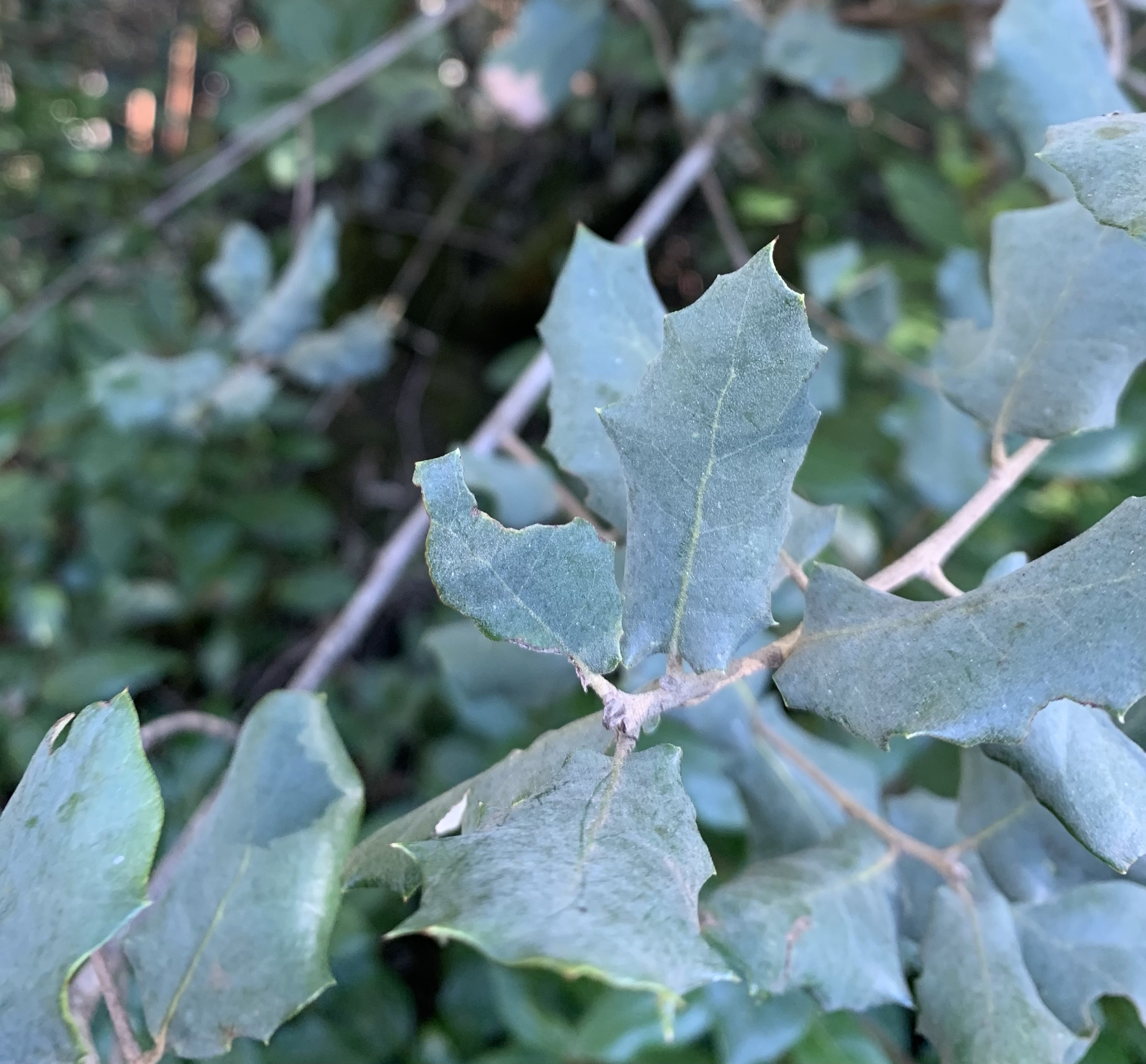The weasel is alive and well and busy hunting for food on the rocks outside our window. For those who know about my novel, the weasel Comadrito is one of the key characters and is based on my own encounters with a weasel by these rocks over 5 years ago.


But I was beginning to wonder whether there were any weasels and mice still around. Touching wood or a tree we have not had any in house visitors of the wood mouse kind either for quite a while. And on cleaning up the wood shed there was little evidence of mice too.
Well, on one of our quiet meditative Sundays my husband sees one outside on the mossy rock. I had my eyes closed. And I wonder about this. I had been enjoying the sun on the moss and thinking of the beauty of the world we can see, touch, hear. I also love the inner silence when eyes closes and attention goes inwards. But this time I felt a bit cheated but was glad to know there are still weasels about. So I guess there must be sufficient mice and voles too.

Sunday for us is often a time for some silent space and reflection. We have both been practicing Transcendental Meditation for years and value the inner silence. We also like the community of Quaker Meetings and would often have our own Meeting for Worship at the same time as Quaker Meetings in the UK.*
Since zoom and when the pandemic both disrupted and connected up our lives we have been able to join our Marple Quaker meeting. As I was talking to people all those miles away I suddenly yelled out. The weasel was back racing over the mossy rock. So I was privileged to see this little creature and the inspiration for my book. I was also able to share this experience with one of the younger members of the meeting. Talking weasels over the zoom miles!
It is so difficult to know how the wild creatures are faring through all these long droughts and then crazy windy weather which is really bashing down so many branches of the old chestnuts, even an olive tree lost some branches and they usually fare better in drought and then strong winds.
I also love serendipity and by some chance on the same Sunday came across an article in some online Nature pamphlets after looking at the American Eco Lit web pages of Ashland Creek Publishing. Two books I have read that they have published have been really good. Their aim with Ecolit is to create writing FOR animals and not about. The aim is to be an advocate for nature and the animal world.
‘Suppose the whole of creation began to speak to us in the silent language of a deeply submerged kinship. …Suppose we even felt urged to reply courteously to this address of the environment and to join in open conversation.’ Theodore Roszack
As I read this I can only say I was ‘knocked out’ as this was almost how I try to present the ‘Meetings of the Many’ in my novel where so many of the diverse wild species come together in the Navaselva valley and communicate their lives and stories so all can learn better ways to adapt and survive. Both elements of Quaker practice and TM have also inspired me to write in this way. What if this amazing biodiversity of life communicated in a very deep way? Theodore Roszack sums up this idea for me and ‘the silent language of deeply merged kinship’. All of nature is deeply connected and we as modern humans become the outsiders as we lose this closeness and understanding of other species. The article looked at the experiences of early and indigenous people and their ways of relating to the natural world.
Here are the two books I read published by Ashland Creek and also the link to my novel. As ever and for so many books published by small presses reviews are very important particularly on Amazon.
I will be putting together pages for my novel and more on writing and reading with a nature focus. The zoom book launch went well and hopefully this is the link to the recording.
https://www.youtube.com/watch?v=m8aE4zgWKTU
Bird Place for the Month of March will be coming soon too.
And another yell when I was on a zoom meeting as a small mousy creature ran alongside the pipes not too far from my feet. The wood or house mouse is back inside. Oh no! But at least all have survived the long droughts of summer and the lack of food in winter and are ready to reproduce. Oh no! Not in the house…
- QUOTE ON BEING A QUAKER ‘For a Quaker, religion is not an external activity, concerning a special ‘holy’ part of the self. It is an openness to the world in the here and now with the whole of the self. If this is not simply a pious commonplace, it must take into account the whole of our humanity: our attitudes to other human beings in our most intimate as well as social and political relationships. It must also take account of our life in the world around us, the way we live, the way we treat animals and the environment. In short, to put it in traditional language, there is no part of ourselves and of our relationships where God is not present.’ Harvey Gillman, 1988






























































































